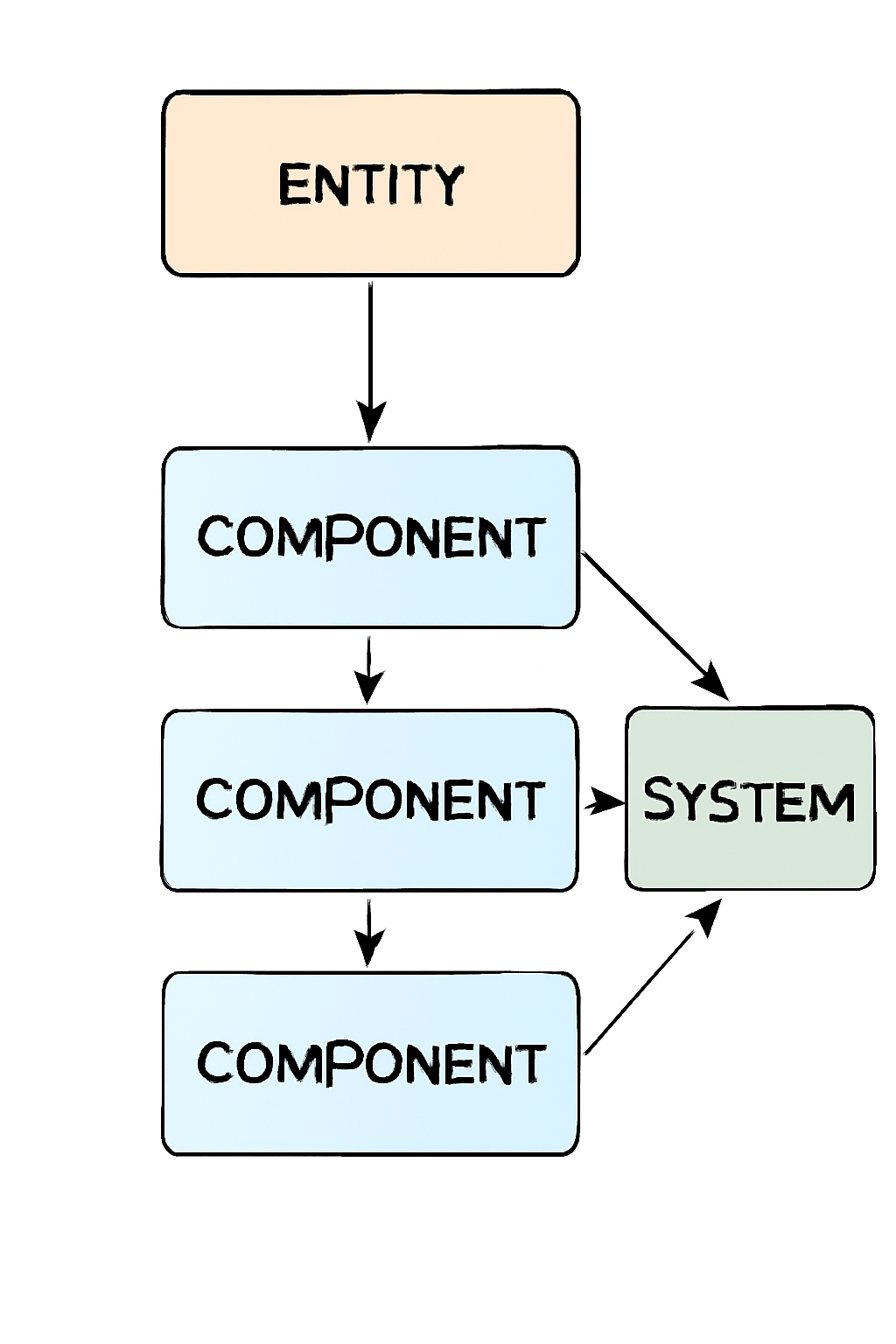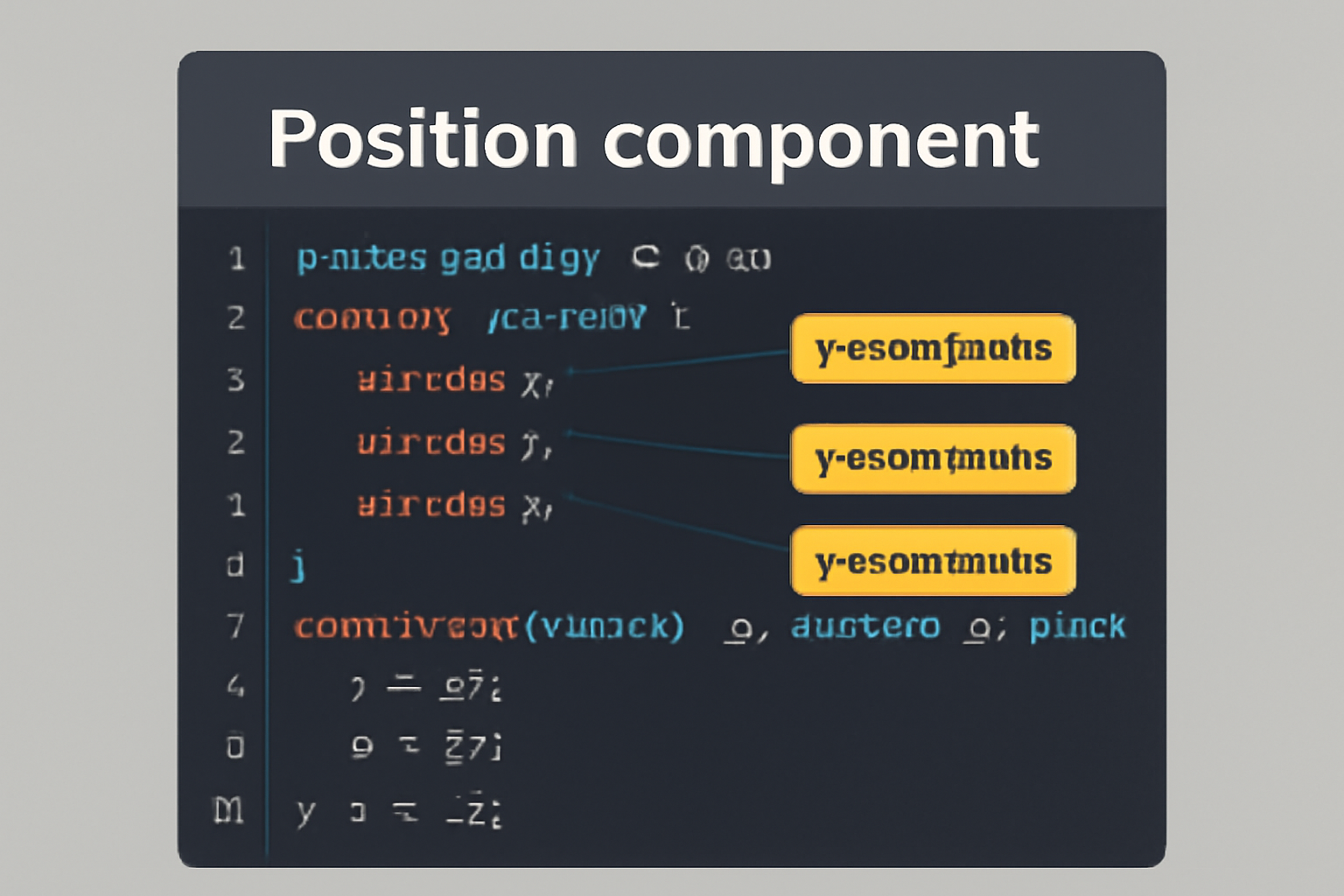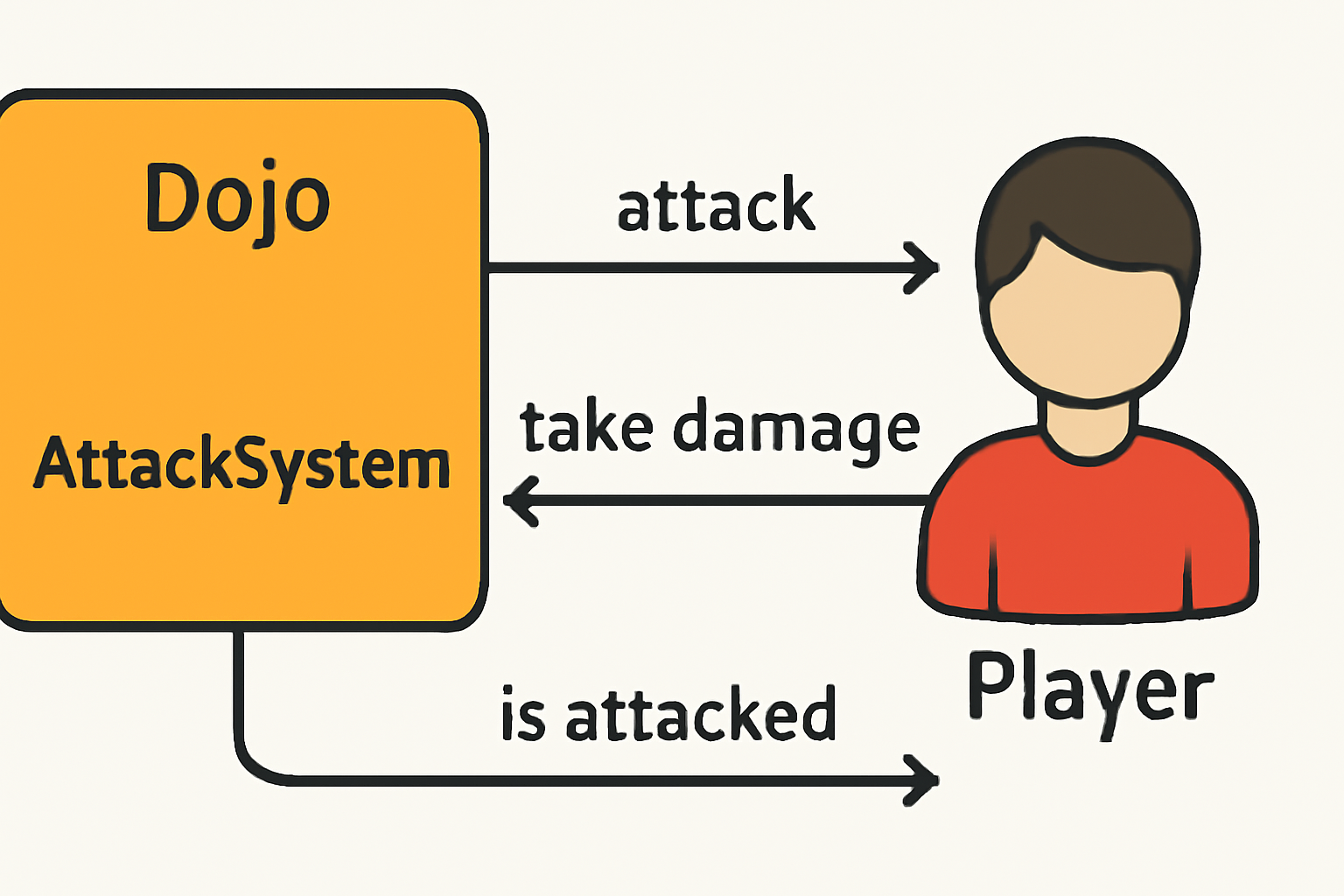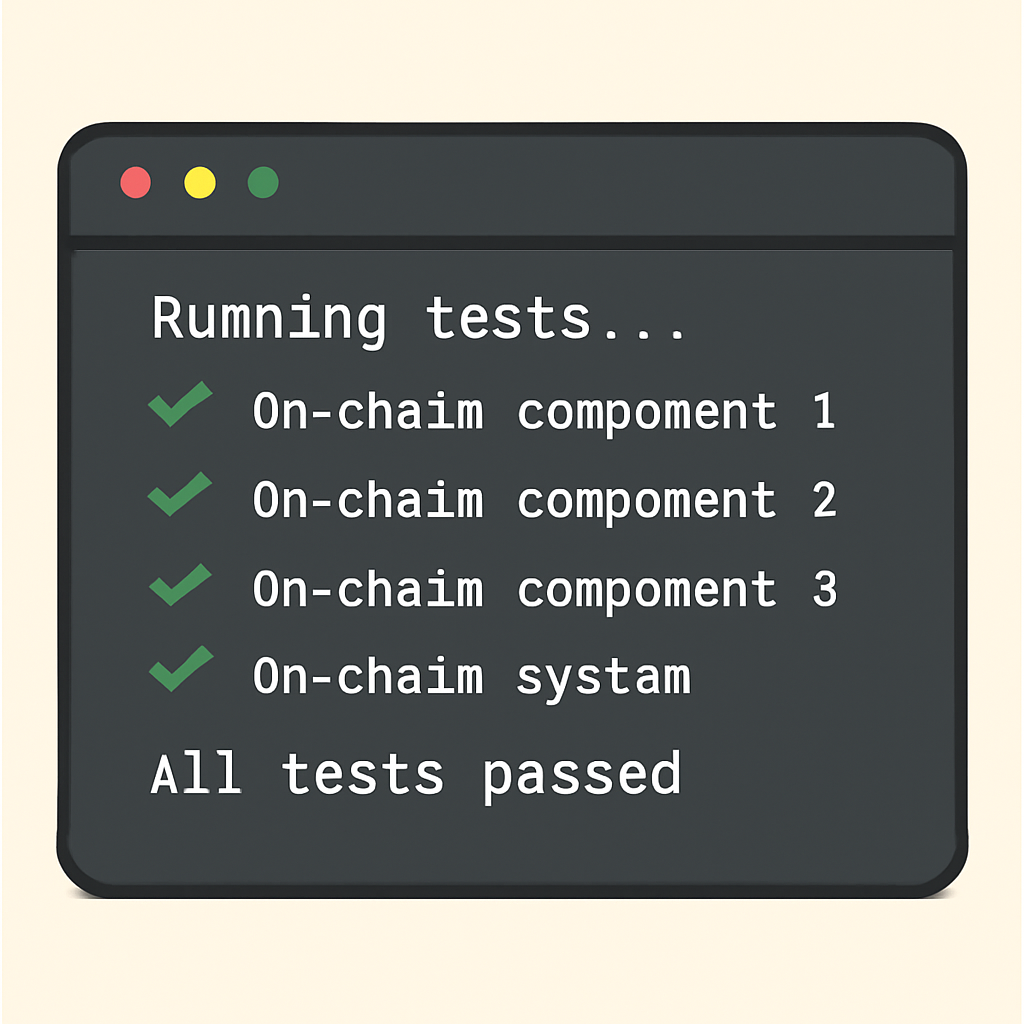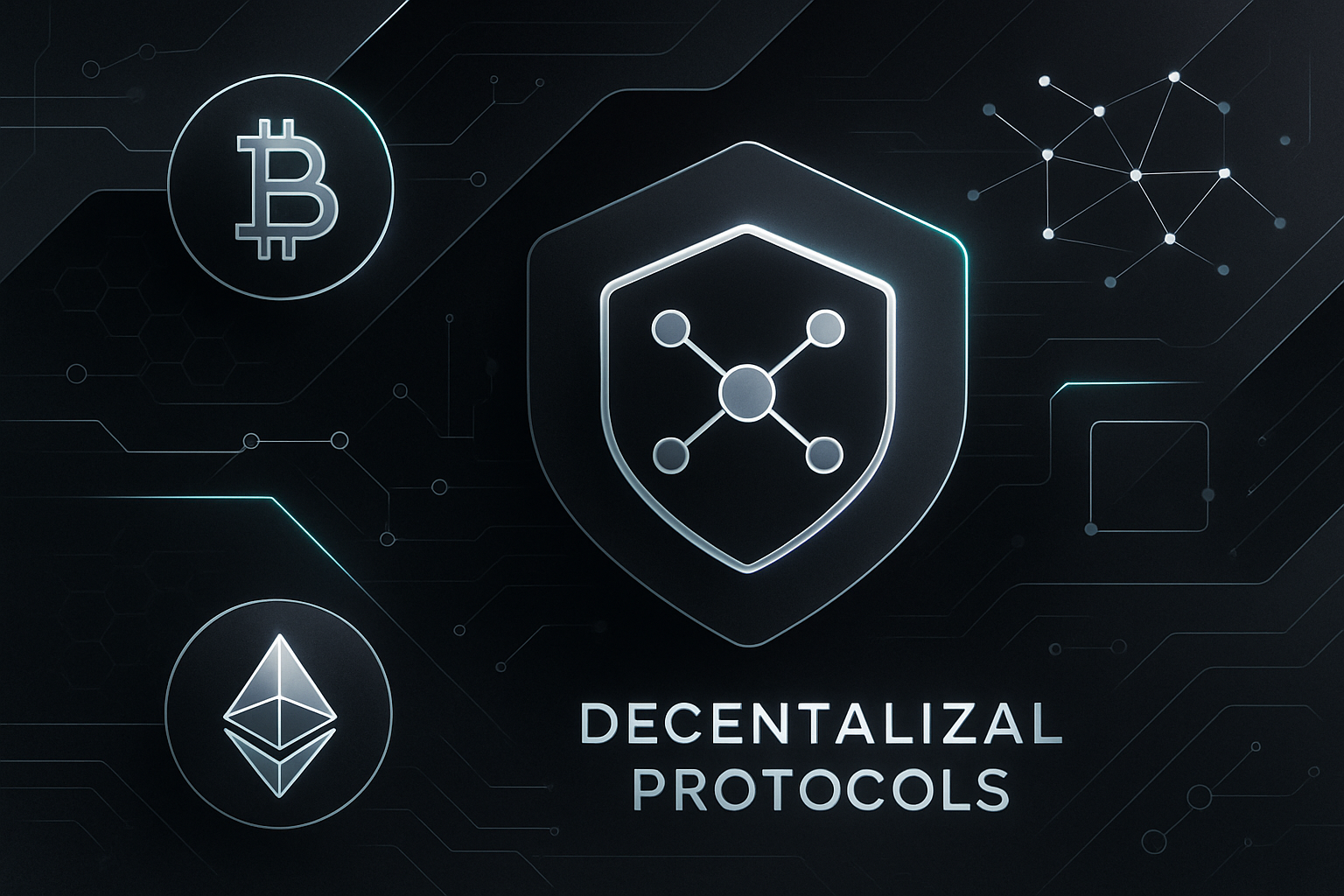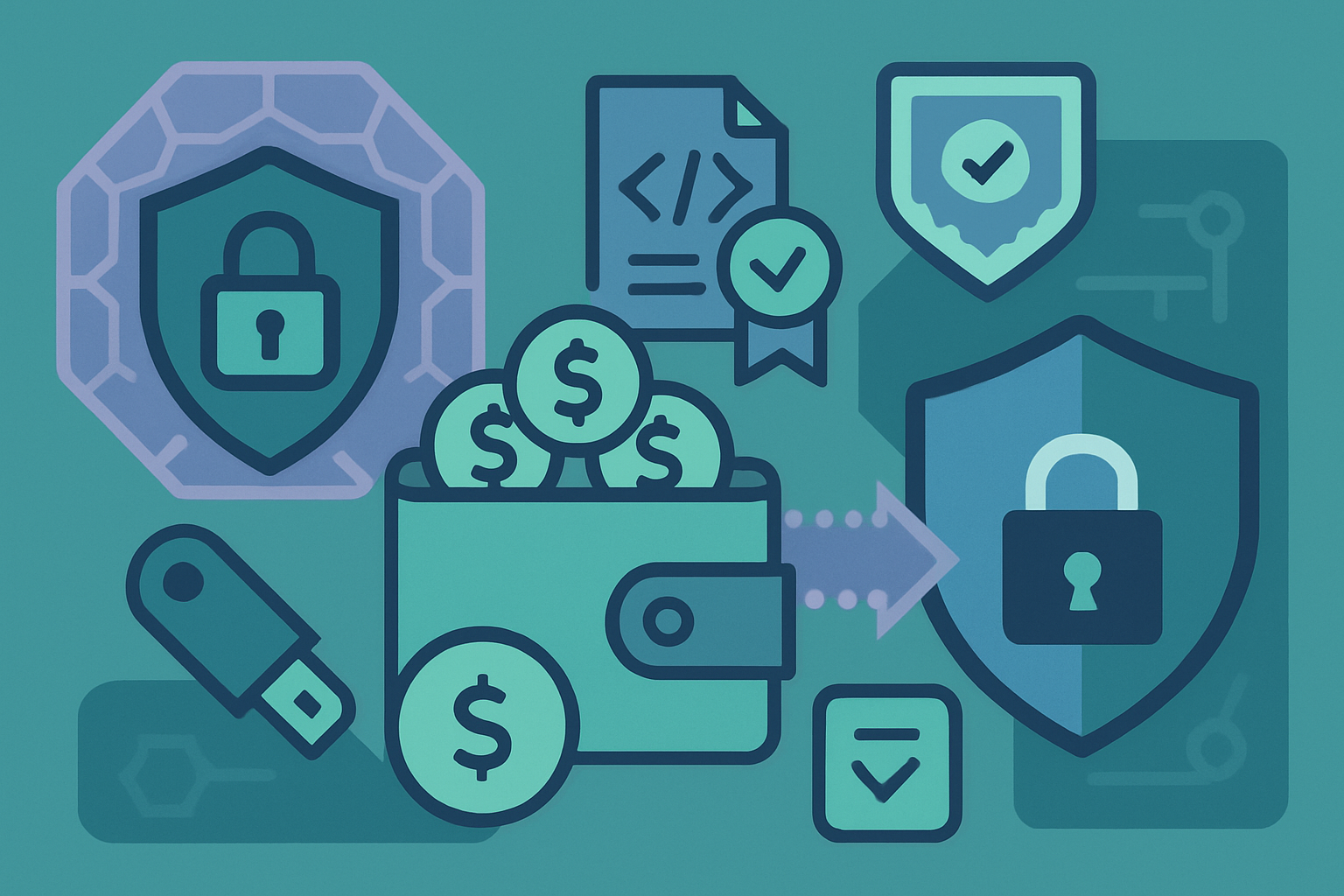How to Build a Fully On-Chain Game with MUD and Dojo: Step-by-Step Guide for Developers
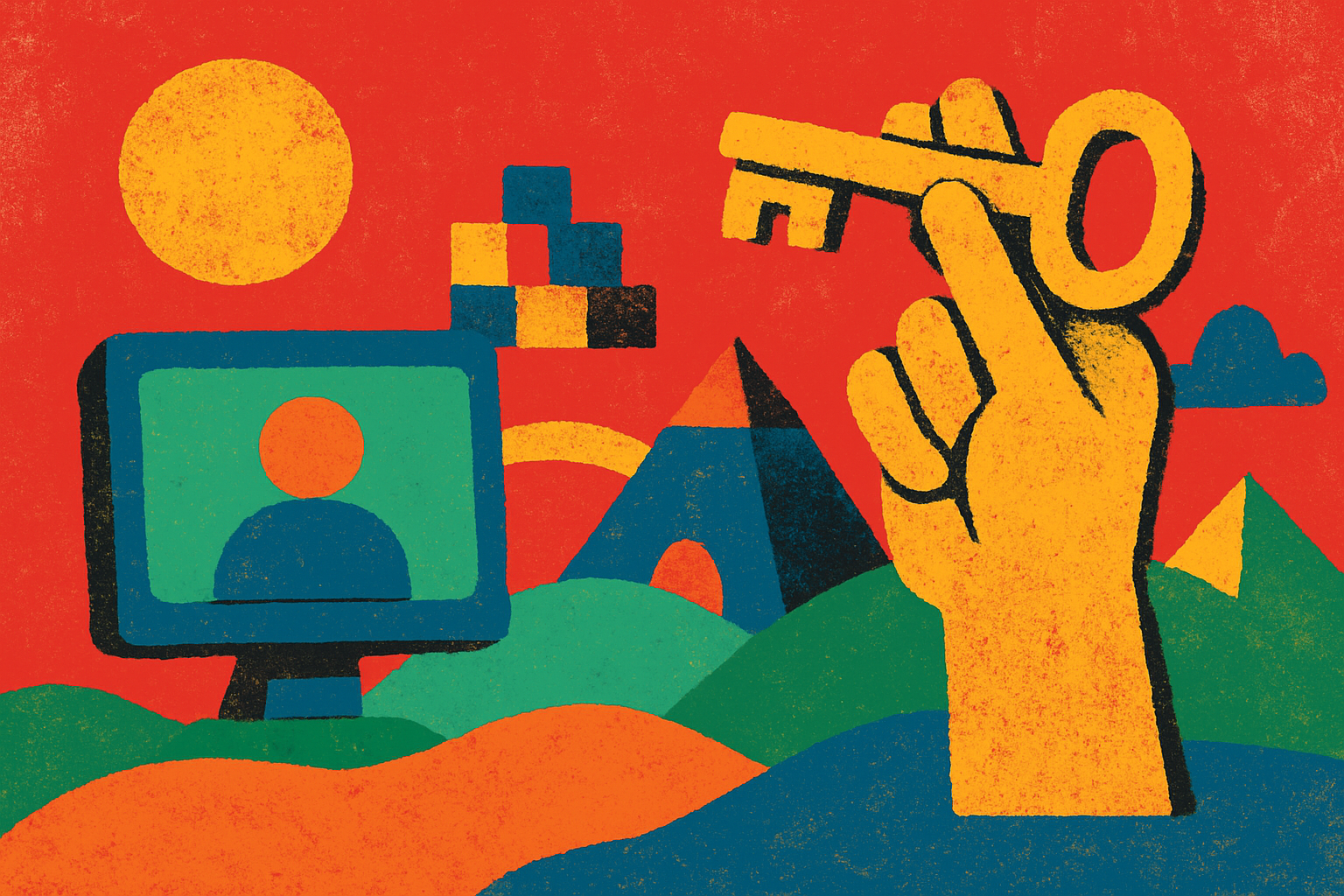
Building a fully on-chain game is no longer an experimental frontier reserved for protocol engineers. Thanks to frameworks like MUD and Dojo, developers can now architect decentralized games where every move, entity, and rule exists transparently on the blockchain. This guide unpacks the essential steps for turning your game concept into a living, breathing on-chain world, leveraging the most mature open-source toolkits available for Ethereum and StarkNet.
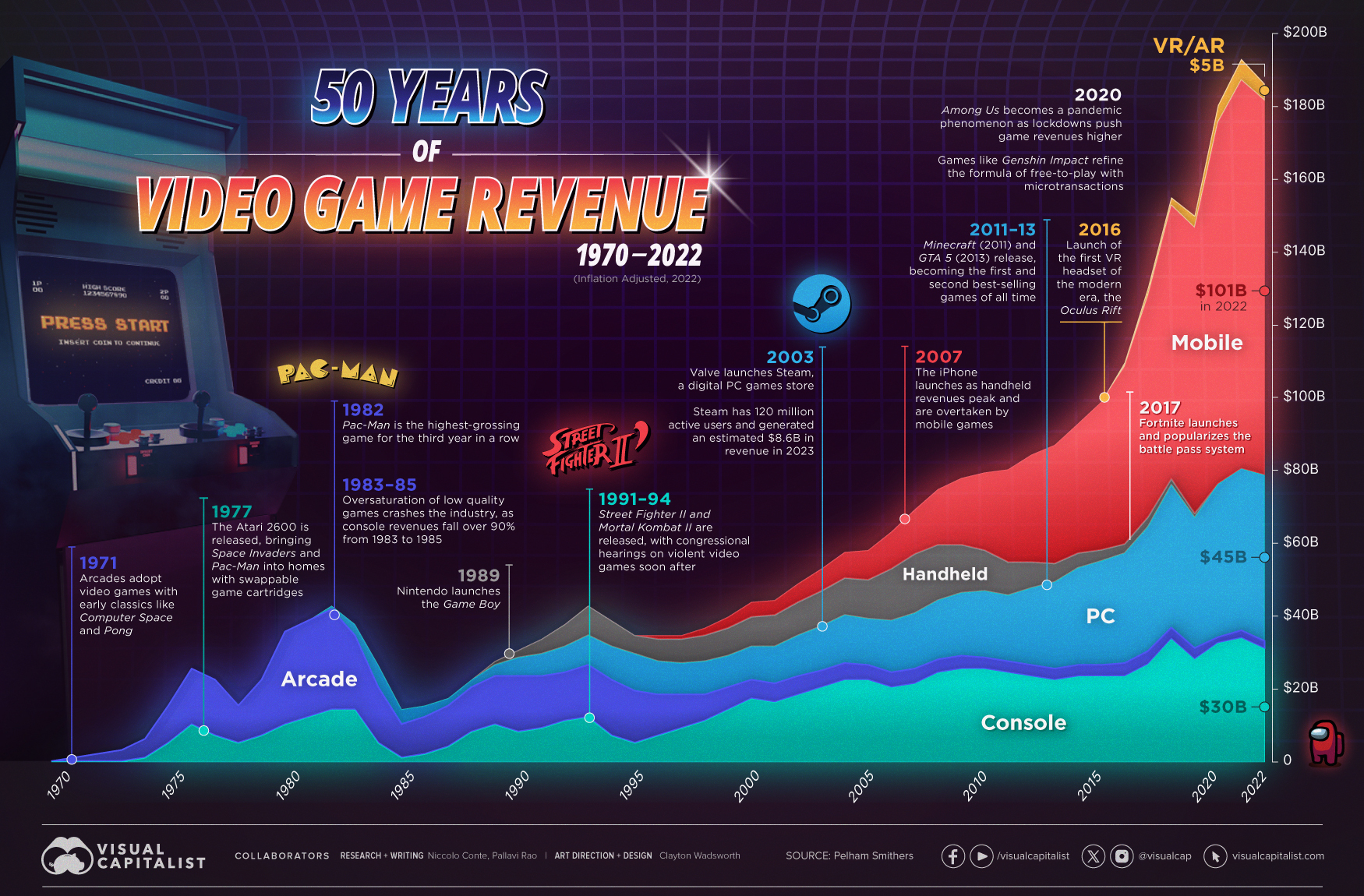
Why Fully On-Chain Games? The Shift Toward Autonomous Worlds
The core innovation of fully on-chain games lies in their radical transparency and composability. Unlike traditional Web2 or even hybrid Web3 games, all logic, assets, and state changes are stored directly on-chain. This means players can verify outcomes, developers can extend worlds permissionlessly, and communities can govern rules without reliance on centralized infrastructure.
Frameworks like MUD (for EVM chains) and Dojo (for StarkNet) have become the backbone of this movement. They abstract away the complexity of smart contract orchestration, letting you focus on designing compelling mechanics rather than low-level blockchain plumbing.
MUD vs. Dojo: Choosing Your Framework
MUD is built around an Entity-Component-System (ECS) architecture tailored for Ethereum-compatible chains. It offers standardized contract interfaces and developer tooling that make it straightforward to launch autonomous worlds or NFT-powered games. Popular projects like PopCraft have demonstrated that complex, interactive games can be built in under 20 minutes using MUD’s modular approach (see our step-by-step guide).
Dojo, meanwhile, targets the high-throughput StarkNet L2 ecosystem. It extends Cairo with an ORM-like system for managing state transitions efficiently, making it ideal for games requiring frequent updates or large-scale multiplayer environments. If you’re interested in how Dojo abstracts state management while maintaining full composability, check out our dedicated Dojo tutorial.
Step 1: Setting Up Your Development Environment
The first step in building your game is to prepare your local environment:
- MUD: Install Node. js and npm if you haven’t already. Clone the official MUD repository and install dependencies:
Cloning the MUD Repository and Installing Dependencies
To get started with building your fully on-chain game using MUD, you first need to clone the official MUD repository and install its dependencies. Execute the following commands in your terminal:
git clone https://github.com/latticexyz/mud.git
cd mud
npm installAfter running these commands, you will have the MUD codebase set up locally with all necessary dependencies installed. You can now proceed to explore the project structure and begin development.
- Dojo: Install Dojo’s suite of tools (
dojoup,sozo,katana,torii,origami) as outlined in their documentation. Scaffold a new project withsozo new my-dojo-game.
This foundational step ensures your development workflow leverages live reloading, testnets, and robust debugging tools from day one.
ECS Architecture: The Backbone of On-Chain Game Logic
The heart of both frameworks is the ECS pattern: Entities are unique IDs; Components store data (like health points or inventory); Systems define actions or rules (such as combat resolution). This separation maximizes flexibility, developers can iterate on mechanics without rewriting core contracts.
If you’re transitioning from traditional game engines like Unity or Unreal Engine, ECS will feel familiar but with one crucial difference: every change persists directly to the blockchain ledger. This guarantees auditability but also demands careful planning around gas efficiency and state storage.
The next steps involve defining your components (data structures) and systems (logic flows), which we’ll cover in depth in part two of this guide.
Step 2: Designing Components and Systems
With your environment ready, the next phase is to architect the core of your game: its data and logic. In both MUD and Dojo, components encapsulate persistent game data (think player stats, inventory, or world state), while systems encode the rules and actions that manipulate these components. This modularity allows you to iterate rapidly on gameplay mechanics without refactoring your entire codebase.
MUD: Define components as Solidity structs or storage mappings. Systems are smart contracts that read from and write to these components, enforcing game rules on-chain. For example, a battle system might reference health and position components to resolve combat events.
Dojo: Use Cairo models for components, leveraging Dojo’s ORM-like abstraction for efficient state reads and writes. Systems are defined as Cairo modules that execute atomic state transitions, ideal for fast-paced or multiplayer games where performance is critical.
Step 3: Building the Game Client
The client is your bridge between players and the blockchain. Both frameworks offer SDKs that simplify querying on-chain state and submitting transactions:
- MUD: The MUD client library enables real-time sync with contract state, supporting React-based UIs or custom frontends.
- Dojo: Use the Dojo client SDK to manage user sessions, fetch entity data, and dispatch actions seamlessly to StarkNet.
This layer is where UX meets cryptography, prioritize clear feedback for transaction status, wallet connection flows, and error handling to keep players engaged.
Step 4: Testing and Deployment: From Testnet to Mainnet
No on-chain game should go live without rigorous testing. Deploy your contracts first on Ethereum or StarkNet testnets using framework-specific tools (MUD deploy, sozo deploy). Simulate gameplay scenarios with bots or QA testers to surface edge cases in gas usage or state transitions. Tools like Katana (Dojo) enable fast local iteration; Torii helps index events for frontend consumption.
Once confident in stability and security, proceed with mainnet deployment. Announce your launch across developer channels, transparency builds trust in autonomous worlds.
Best Practices and Tips for Fully On-Chain Game Development
- Prioritize Gas Efficiency: Optimize component storage layouts; batch updates where possible; minimize redundant writes.
- Composable Design: Favor modular systems that can be extended by other developers, this unlocks true permissionless innovation.
- User Education: Clearly communicate what it means for a game action to be “on-chain” (e. g. , transaction costs, finality delays).
- Community Involvement: Open-source your code early; invite feedback from other builders in the MUD/Dojo ecosystem.
If you’re looking for deeper technical dives or want to compare approaches side-by-side, our guides on building fully on-chain games with MUD and amp; Dojo, as well as dedicated walkthroughs for each framework (Dojo guide here) are essential reading.
The Road Ahead: Scaling Autonomous Worlds
The era of fully on-chain games is just beginning. As frameworks like MUD evolve toward greater composability across EVM chains, and Dojo pushes the boundaries of speed on StarkNet, the design space will only expand. Expect richer NFTs, interoperable worlds, and new forms of community governance as standard features of tomorrow’s most engaging blockchain games.
The most successful projects will be those that combine technical rigor with open experimentation, inviting players not just to play but to co-create autonomous worlds together. If you’re ready to join this movement, start building today with the tools outlined above, and help shape the future of Web3 gaming from its foundation up.

